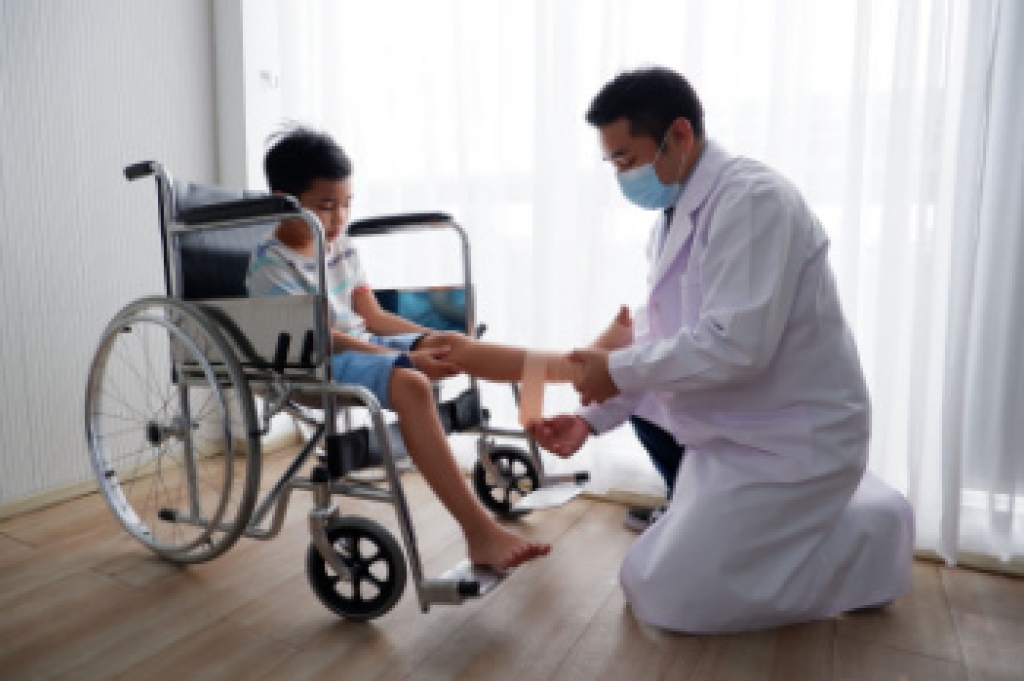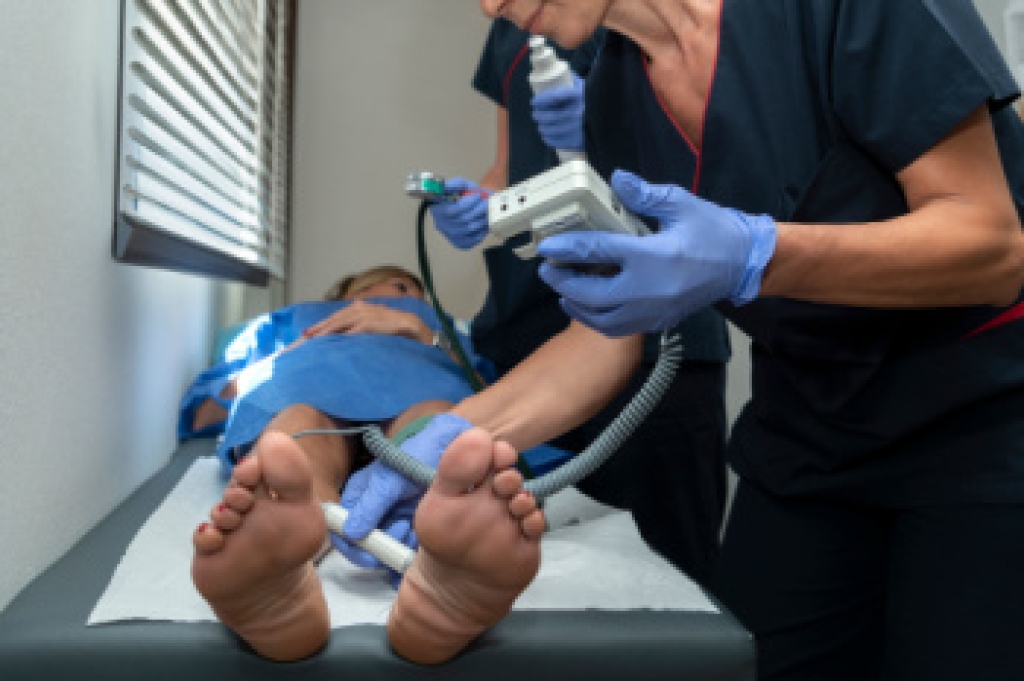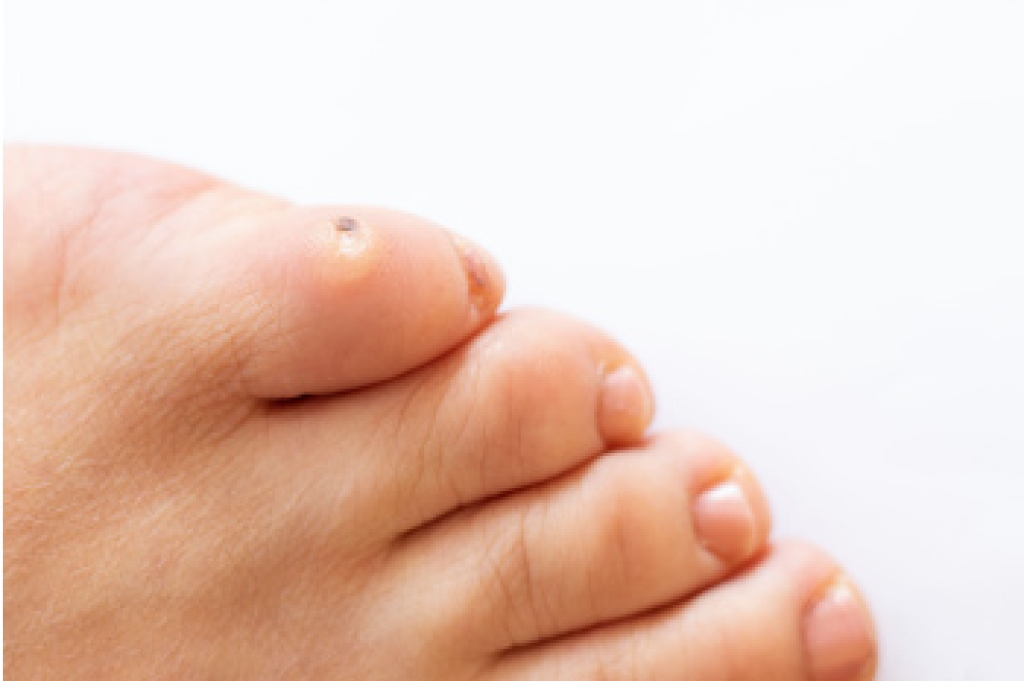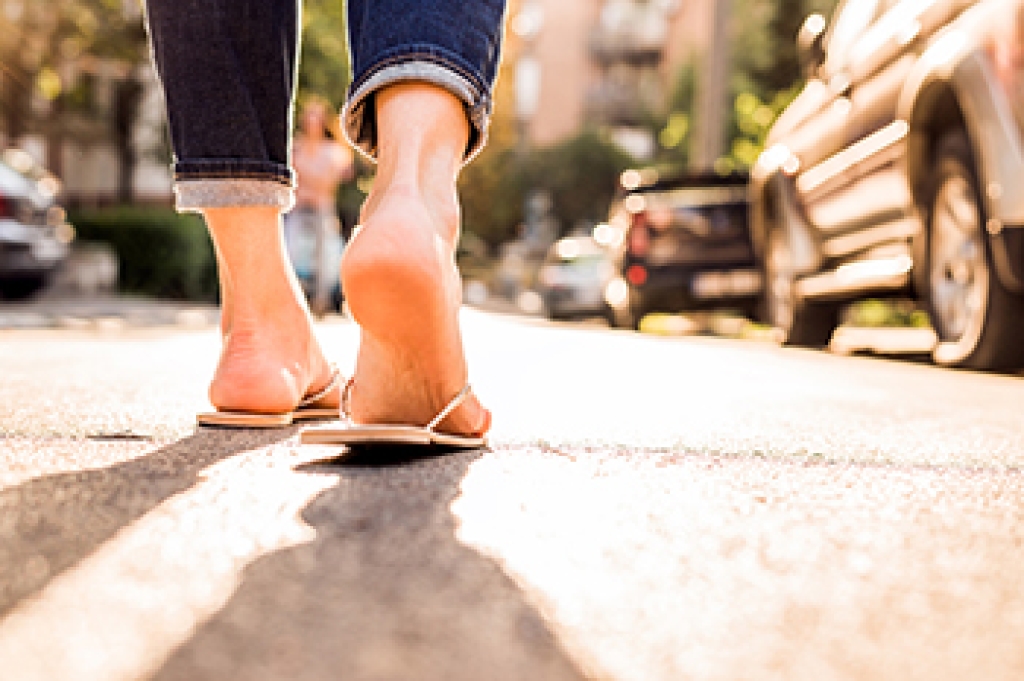
Juvenile idiopathic arthritis is a long-term condition that can affect multiple joints, and the feet are often impacted in ways that change a child’s daily life. Inflammation may appear in the ankles, midfoot, or toes, leading to stiffness, pain, and swelling that limit mobility. Some children develop flatfoot or toe deformities, which place added strain on walking and balance. These challenges may cause hesitation in sports or even in simple play, reducing confidence and independence. Wearing supportive shoes, custom orthoses, and targeted exercises can help maintain movement, while medical treatment addresses the underlying inflammation. Early care is essential because preventing deformity is easier than correcting it, once established. Families who notice that a child struggles with foot pain or changes in walking should not delay seeking professional guidance. If your child has foot pain related to juvenile idiopathic arthritis, it is suggested that you schedule an appointment with a podiatrist for a proper diagnosis and appropriate treatment.
Making sure that your children maintain good foot health is very important as they grow. If you have any questions, contact one of our podiatrists of Pima Foot and Ankle Surgery. Our doctors can provide the care you need to keep you pain-free and on your feet.
Keeping Children's Feet Healthy
Having healthy feet during childhood can help prevent medical problems later in life, namely in the back and legs. As children grow, their feet require different types of care. Here are some things to consider...
Although babies do not walk yet, it is still very important to take care of their feet.
Avoid putting tight shoes or socks on his or her feet.
Allow the baby to stretch and kick his or her feet to feel comfortable.
As a toddler, kids are now on the move and begin to develop differently. At this age, toddlers are getting a feel for walking, so don’t be alarmed if your toddler is unsteady or ‘walks funny’.
As your child gets older, it is important to teach them how to take care of their feet.
Show them proper hygiene to prevent infections such as fungus.
Be watchful for any pain or injury.
Have all injuries checked by a doctor as soon as possible.
Comfortable, protective shoes should always be worn, especially at play.
If you have any questions, please feel free to contact our offices located in . We offer the newest diagnostic and treatment technologies for all your foot care needs.




